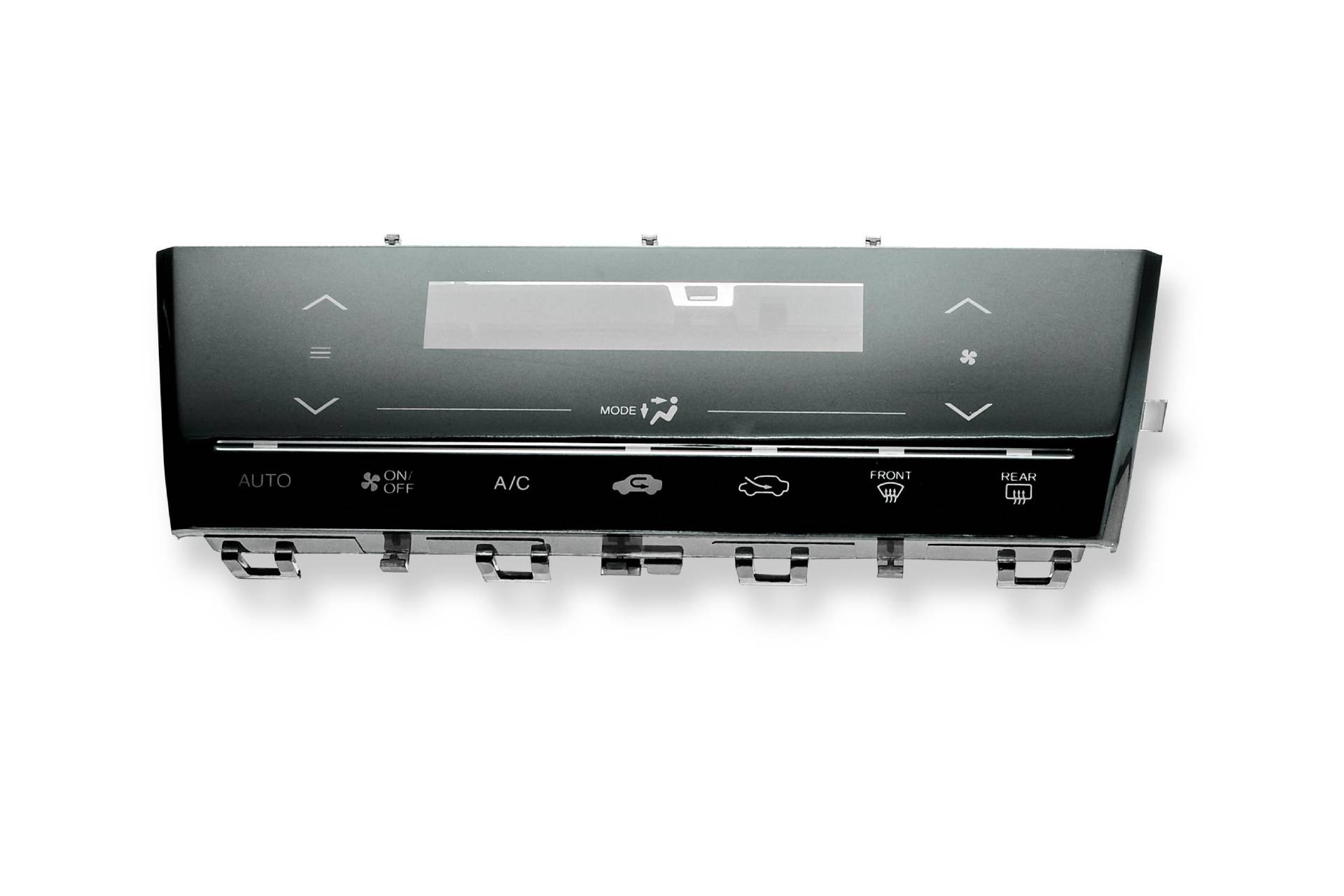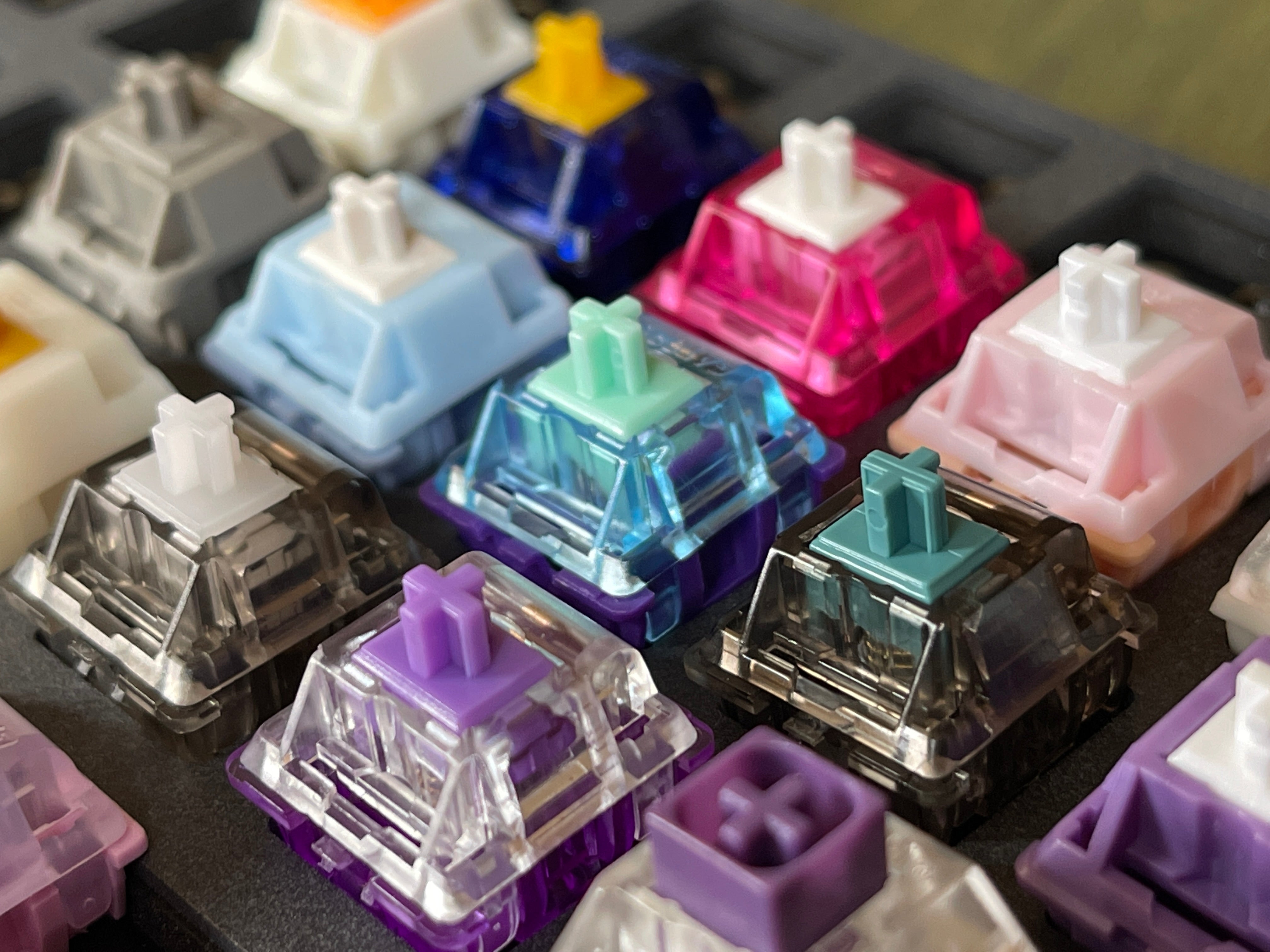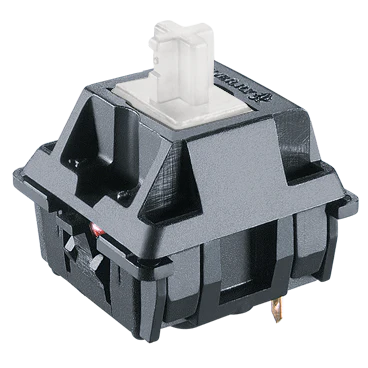The industry offers a variety of tactile switches with different force requirements.
Understanding the Perks of Tactile Switches Over for Boosted Individual Experience
Tactile buttons are important to modern interface, providing physical feedback that improves interaction accuracy and customer contentment. These devices are especially beneficial in settings where rate and precision are vital, such as in video gaming or specialist settings. By supplying a distinct sensation upon activation, tactile buttons confirm individual inputs without the demand to divert aesthetic attention, simplifying task execution and minimizing mistake rates. This mix of prompt physical reaction and integrity welcomes more expedition right into their broader implications and benefits.
Exploring the Mechanics of Tactile Changes
To comprehend exactly how responsive switches improve individual experience, it is necessary to dig into their technicians. Responsive buttons operate through a mechanism that customers can really feel and listen to when a secret is pressed.
The building of these switches differs, however typical materials include metal for the contacts and rubber or silicone for the responsive dome - tactile switches. These elements are crafted to endure numerous cycles, ensuring longevity and regular efficiency gradually. This dependability makes tactile buttons particularly favored in environments that demand fast, specific customer input
Just How Tactile Responses Enhances Precision and Rate
Lots of users locate that tactile responses from switches dramatically improves both the precision and speed of their interactions with tools. The distinct physical sensation offered when a responsive switch is activated enables individuals to confirm their input without needing to double-check aesthetically. This confirmation is crucial in environments where attention is divided across several tasks, as it makes sure inputs are both deliberate and proper.
In addition, the immediate responses from tactile switches lowers the time taken in between actions. Customers do not have to press tricks several times to make certain activation, leading to quicker feedback times. This performance is especially useful in high-speed keying situations where each nanosecond can contribute to overall efficiency.

Additionally, the boosted sensory experience lowers customer fatigue and increases engagement, making communications a lot more instinctive and less vulnerable to mistakes - tactile switches. Hence, tactile switches not only improve the functionality of a device but likewise add to a more gratifying user experience
The Function of Tactile Switches Over in Pc Gaming Efficiency

In addition, responsive buttons contribute to much faster reaction times. The physical feeling validates the crucial press without the requirement to bad the keys, allowing quicker inputs and a smoother video gaming experience. This is particularly beneficial in games that require rapid and repetitive keystrokes, where speed is often as essential as accuracy.

Tactile Switches in Specialist Settings
Tactile buttons are similarly transformative in professional settings, where effectiveness and ergonomic design boost efficiency. These buttons, frequently found in high-precision key-boards, are valued for their responsive comments - tactile switches.
In settings like control spaces or studios, responsive switches are integrated right find more information into devices for their reputable performance. They offer drivers the assurance needed in high-stakes atmospheres, guaranteeing that every command or change is carried out as intended. This dependability, paired with the tactile reaction, aids maintain high degrees of focus and operational effectiveness, crucial in preserving process and meeting expert criteria.
Contrasting Tactile and Non-Tactile Interface
How do tactile interface compare to their non-tactile equivalents? The key distinction lies in the responses provided to customers. Tactile interfaces, such as those with physical switches or distinctive surfaces, offer instant physical responses through touch. This sensory feedback can enhance user accuracy and rate, specifically in environments where visual interest must be divided. Non-tactile interfaces, like those with level read this touchscreens, depend on aesthetic or auditory feedback, which might not be as instant or intuitively refined.
The choice in between tactile and non-tactile interfaces often depends on the application's context and customer needs. Tactile user interfaces are very useful in circumstances requiring procedure without direct line of sight, such as driving or in particular commercial settings.

Verdict
Finally, responsive switches dramatically improve customer experiences by offering crucial physical feedback. This comments raises accuracy and speed in both pc gaming and professional settings, lowering the possibility of mistakes and customer fatigue. By offering an extra instinctive and satisfying communication, responsive buttons prove above non-tactile interfaces, making them a favored selection for users seeking dependability and performance in their communications straight from the source with modern technology. Ultimately, these switches represent an essential improvement in user interface layout.